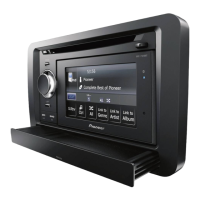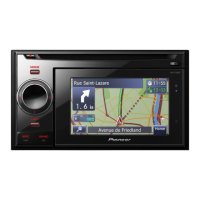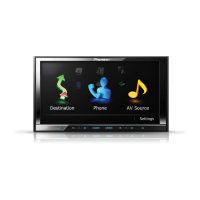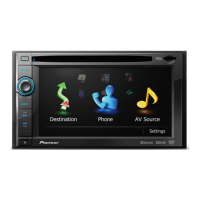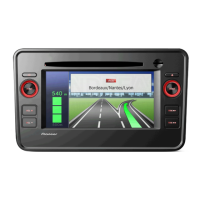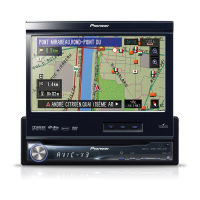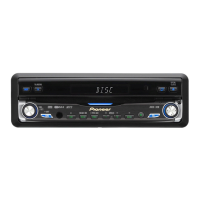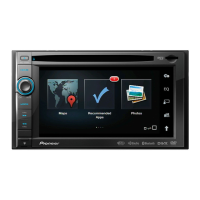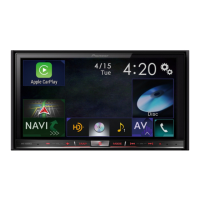How to fix a Pioneer AVIC-F3210BT Car Receiver that won't turn on?
- LLouis MillerAug 6, 2025
If your Pioneer Car Receiver isn't turning on, there are a couple of things to check: First, make sure all the leads and connectors are correctly connected. Second, check the fuse. If it's blown, figure out why, replace it with a fuse that has the same rating.
